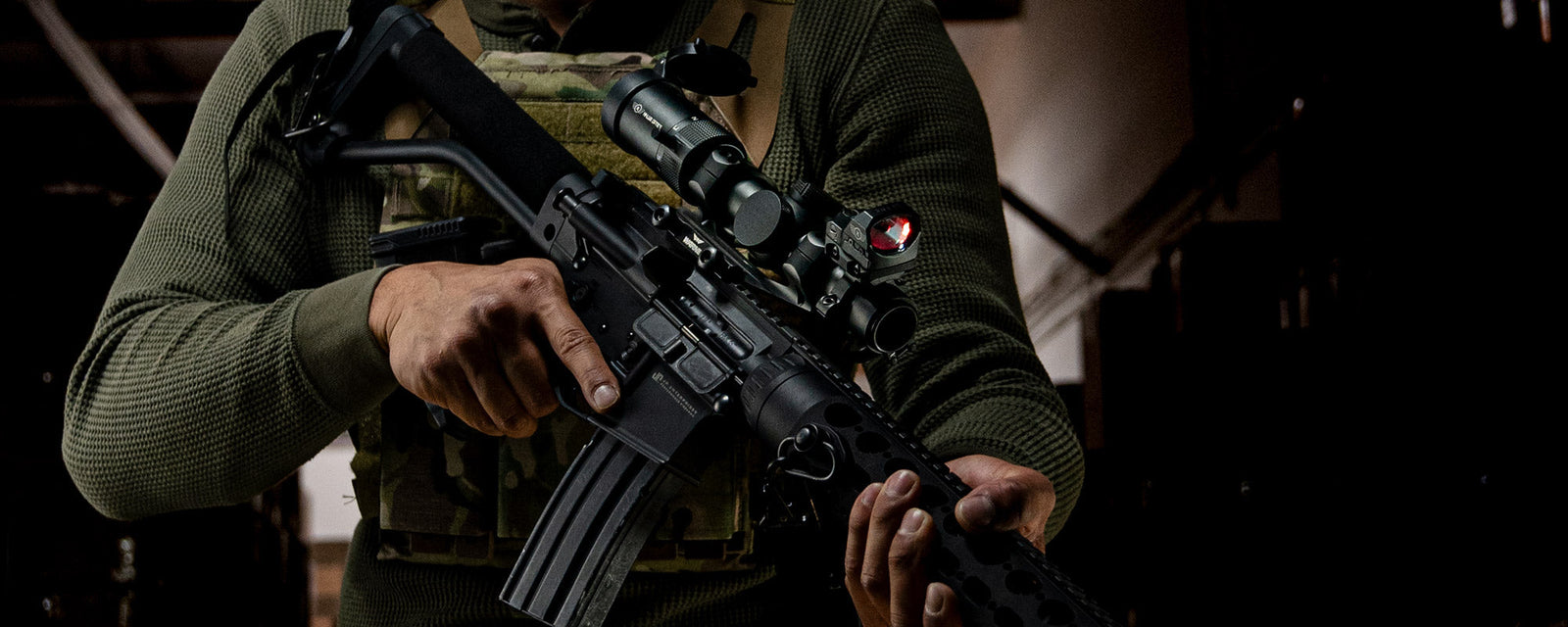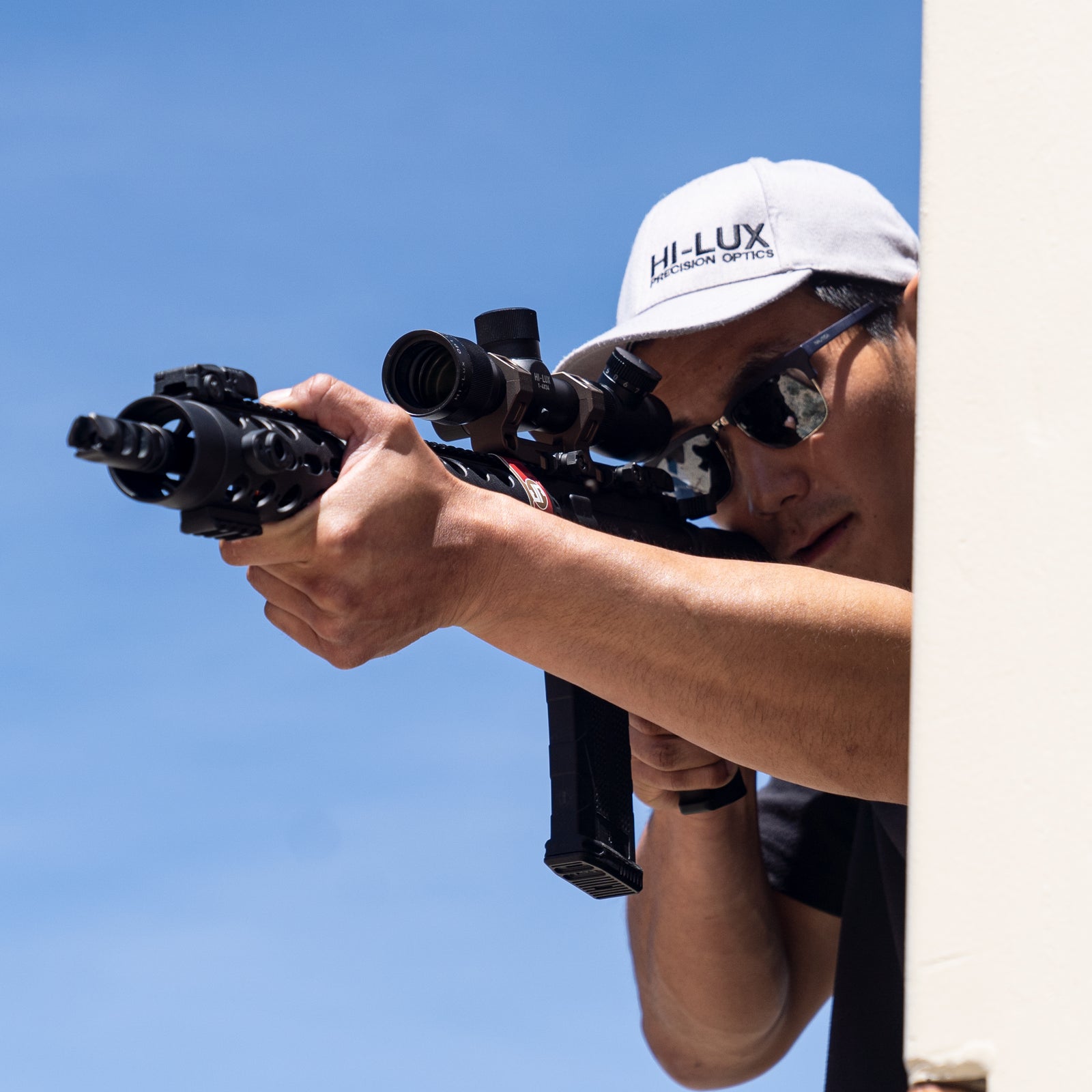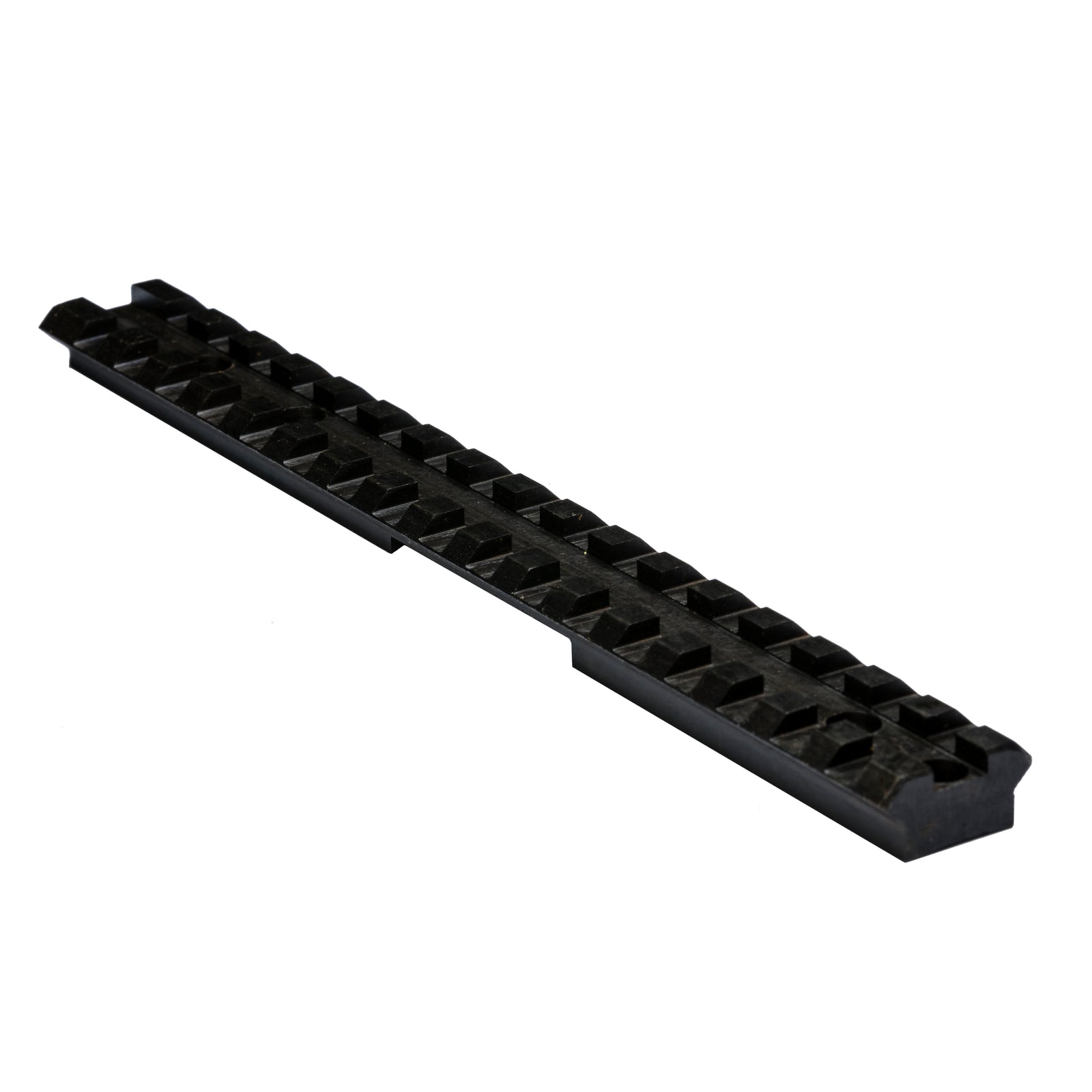
The Royal Army Museum in Belgium recently held a World War I reenactment at the Trench of Death in Dixmude, Belgium. The Trench of Death is famous for being the site at which the German Army retreated during the Battle of Yser. After sustaining heavy casualties, the Belgian Army along with French and British reinforcements, were able to successfully hold off the German Army due to torrential downpour and flooding in the German Trenches.
The area conquered by the Germans on the 23rd, lying within the bend of the Yser between Schoorbakke and Tervaete, was violently bombarded and recaptured. Here it was that a notebook was found on a German corpse in which an officer of the 22nd Reserve Corps recorded the dreadful moral and physical sufferings endured in that hell of bullets and fire and blood; companies reduced to half their strength, units mixed together, the officers nearly all killed, famine and thirst and a sense of the uselessness of all efforts against our redoubtable little army: such was the balance-sheet on the German side.
Yet the Kaiser's troops seemed to rise out of the ground. Fresh re-enforcements came to fill the frightful gaps made by our fire and our bayonet attacks. Foot by foot the Belgian army defended the soil lying between the left bank of the Yser and the railway from Nieuport to Dixmude, behind which it organized a new line of defence.
It was then that the Belgians, in this pitiless conflict, summoned to their aid a terrible and invincible assistant the inundation of low-lying lands. The canals in the valley of the Yser spilled their water into the fields. The water rose and streamed along the German trenches; while on the left bank, where the level of the soil was higher, the Belgians heroically defended their positions.
The Germans, threatened with death by drowning, rushed forward in a terrible offensive, seeking to break our lines, to conquer the dry land. In this unprecedented attempt they succeeded, on the 30th of October, in capturing one of our points of support, the village of Ramscappelle; but this essential position was immediately recaptured by two Belgian divisions and a few French battalions. This was the coup de grace.
To read De Wiart's entire account, click here.
If you are ever in Belgium, be sure to check out the Royal Army Museum.
If you're looking to find out about the Springfield M1903, take a peek at this article.





Leave a comment (all fields required)